Who Lives Downtown?
Downtown Bryan was well into its revitalization when we first had the idea to build lofts. Cute shops were popping up and the number of eateries was growing. The renaissance, however, wasn’t unique to our hometown. There was an energy happening on small town Main Streets across the country, drawing more and more people in.
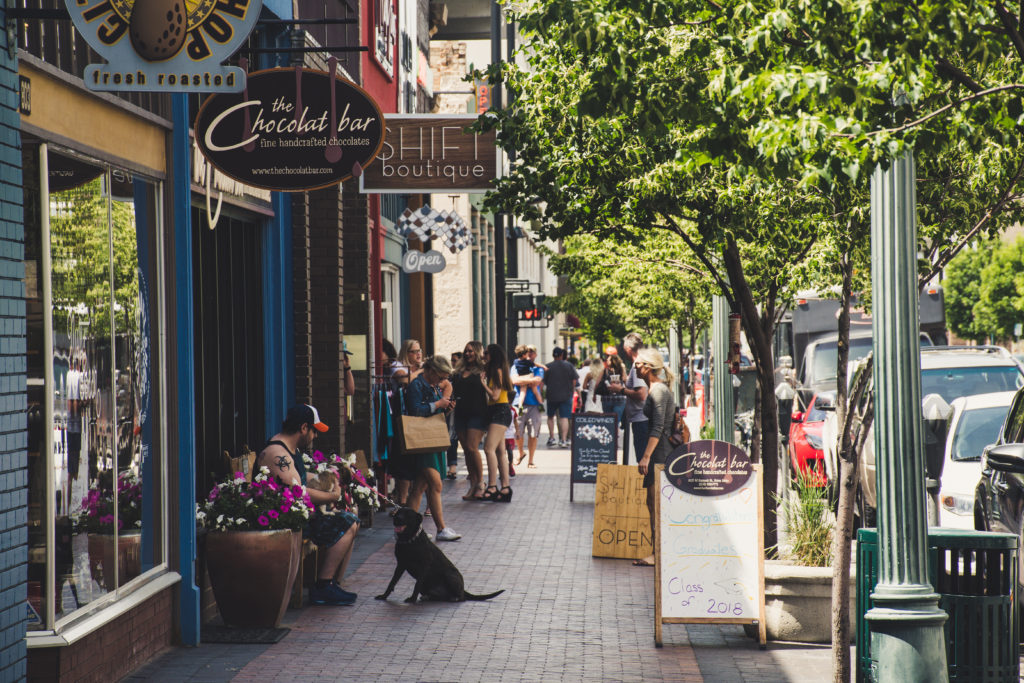
When trends take hold, there are a number of factors that allow it to gain momentum. One factor that was fueling this trend was the growing availability of freelance and work from home opportunities, allowing people to work from and live anywhere. Opportunity was no longer concentrated in skyscrapers and mega office complexes in the country’s largest cities.
We were not immune to the magnetic attraction. It was pulling us in also. We started eating downtown, officing downtown and hanging out downtown. As our passion and enthusiasm grew, we were worried that we would fall in love with our idea and be blinded to truths.

At this time (2015) there were about 20 restored lofts, all of which were full. There were also some new lofts being built. There was a variety of new and old, with various sizes and styles. Over the next three or so years an additional 80 or so lofts came online. Generally, new construction lofts, and lofts being developed in historic buildings were performing well, but there were some signs of concern. We believed with so few options, the lofts would fill up as fast as they came on the market. However, this was not the case in all instances, and we were not sure why.
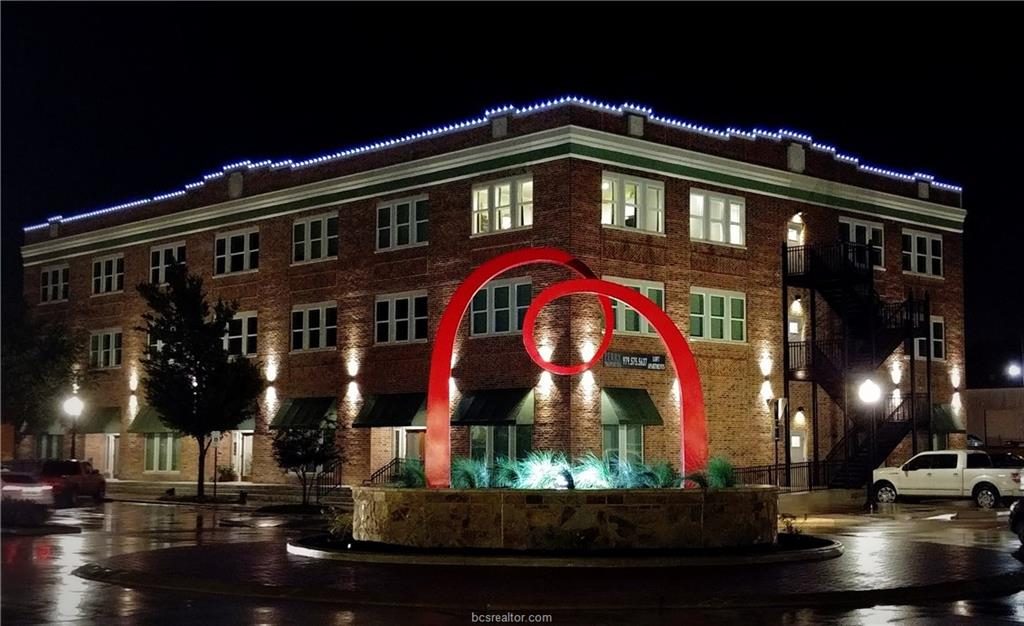
We began to rationalize why some of the lofts were not renting fast or were renting at reduced rental rates. We found ourselves justifying our loft project by saying “ours would be different”. This is when we knew we were stepping into dangerous territory of making decisions with our heart instead of our head.
We were considering embarking on a $2.5MM+ investment. It was critical that we were able to objectively answer the question: Do people really want to live downtown? If so, why?
Our beliefs were framed around a set of assumptions, including that people loved the energy of downtown and that our historic downtown was unique to our community. The number of events being held was growing each year, as was the number of attendees. Participants crossed over multiple generations, from college students, to hipsters, to families and boomers that remember the way downtown used to be. But we knew, that events would not sustain the boutiques and eateries downtown. If the renaissance was going to be sustainable, the number of people living downtown would have to grow significantly.
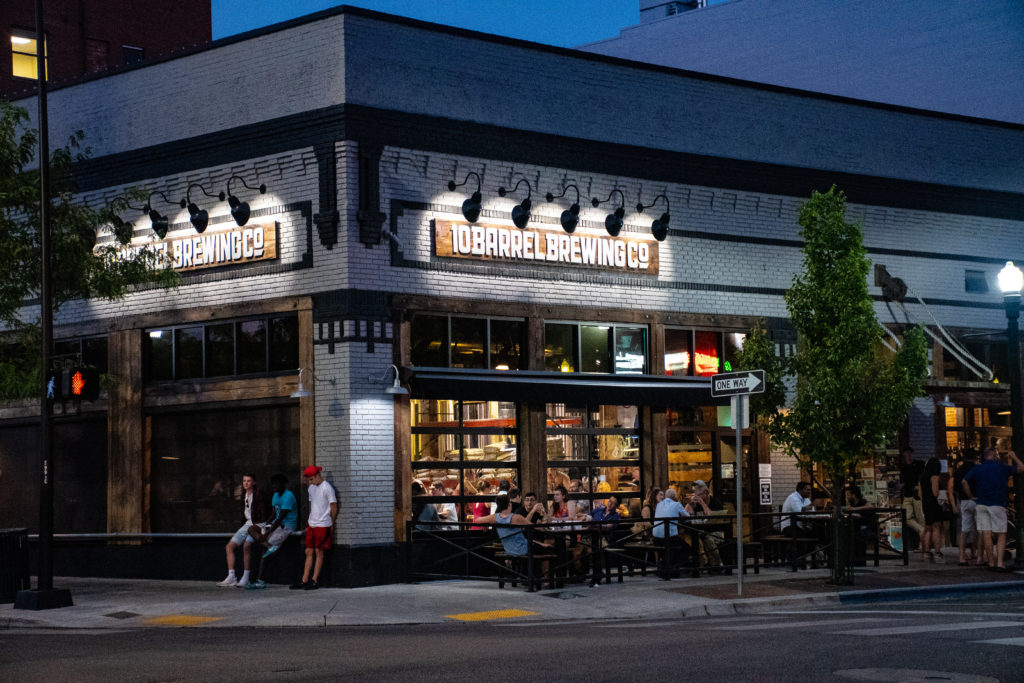
If we build it, will they come?
We began spending a lot of time exploring ways to answer the question of “Do People Really Want to Live Downtown”. We searched and read everything we could find on similar cities experiencing resurgences and we began visiting the urban cores of towns across the state.
History and experience also taught us that things are not always what they seem or how they are reported. For example, if you were to come to our First Friday events or attend the popular Texas Reds Festival, you would likely conclude that business is booming, and shop owners are killing it. However, if you own a business, you know that one day a month or one weekend a year does not make a successful business.
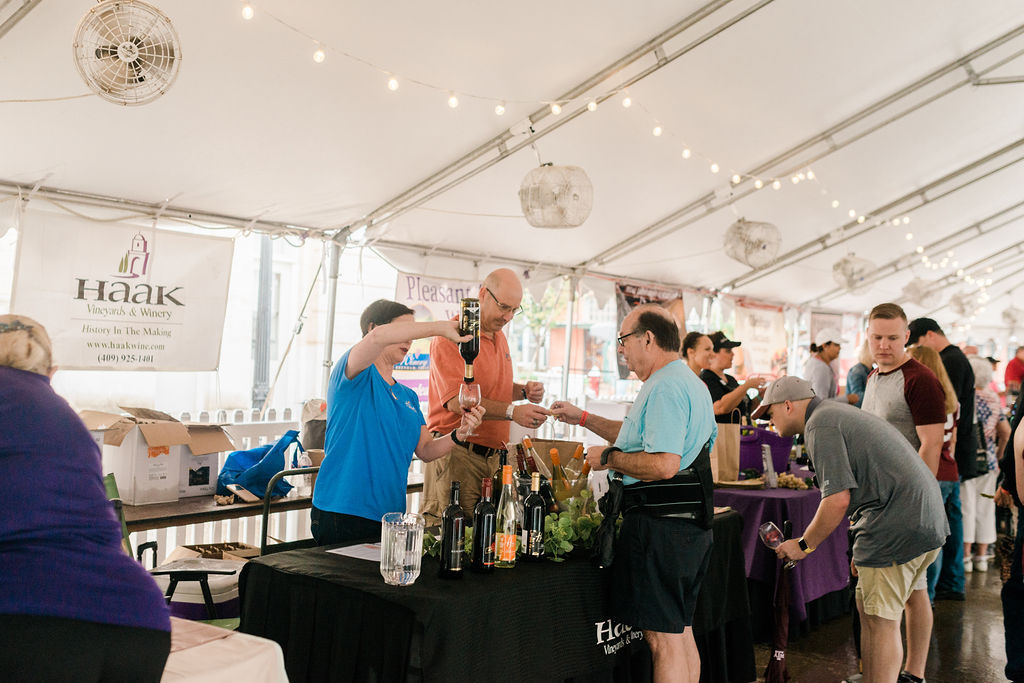
Photo by Ten23 Photography
Our community is fortunate to have Texas A&M University, one of the largest college campuses in the county and the home of the Texas Real Estate Research Center. We met with one of their researchers, Dr. Harold Hunt, and laid out our concerns and questions we needed answered. We were fortunate, because the trend was taking place across the country. They picked it up as story to research and report on. We were able to get the research we needed, and they were able to get a story of national interest out of it. (https://www.recenter.tamu.edu/articles/tierra-grande/This-Old-Loft)
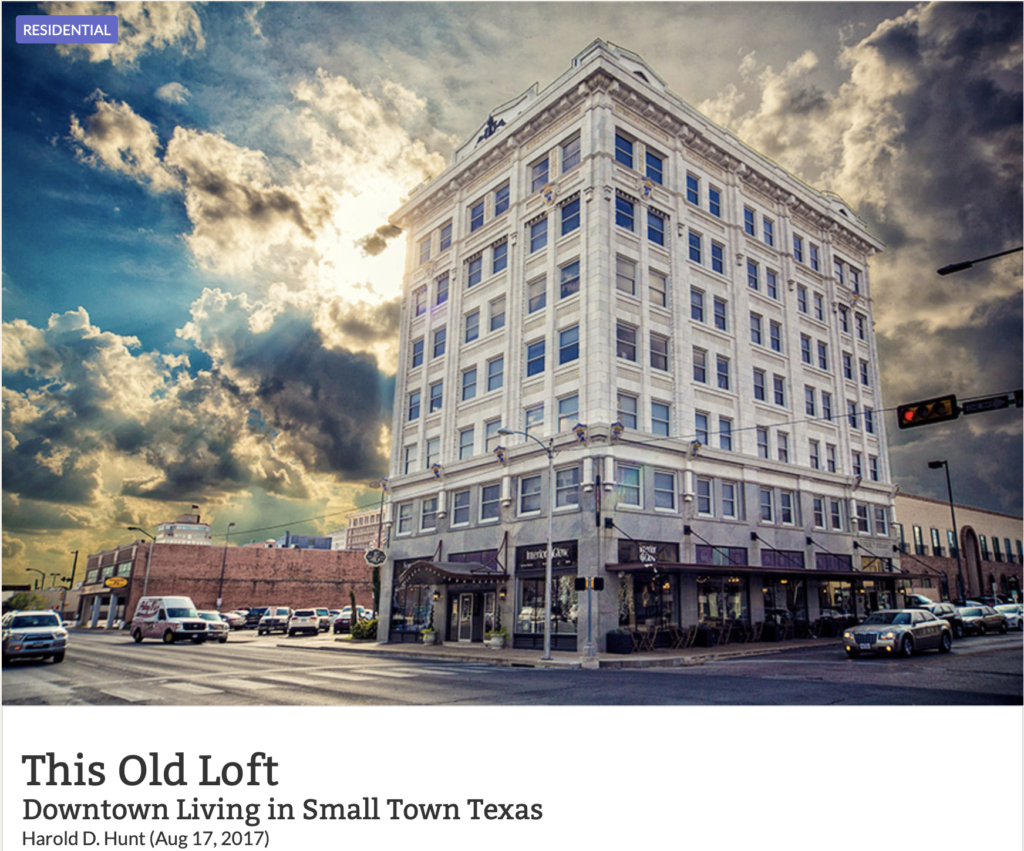
After researching and visiting many Texas cities in similar size and characteristics a number of trends became clear and apparent. Dr. Hunt’s research validated our beliefs and surfaced some new ones. His research found that people do want to live downtown and that demand for downtown residential lofts far exceeded the demand for commercial space. He found that there were virtually no vacancies of renovated lofts in comparable cities. What he also discovered is that regardless of size and amenities, rents residents are willing to pay are generally capped (with some exceptions in the Waco market).
Who is Living Downtown & What are Their Expectations?
The demand for downtown living is found in yuppies, hipsters, graduated millennials, and empty nesters. College students, on the other hand, do not tend to live downtown. Being that we are a college town, this is critical to understand. Generally, college students are looking for elaborate amenities and resort like gathering places. You are not going to find these amenities in small to midsized downtowns.
Residents gravitating to an urban environment are looking for activities, character, lifestyle and scale that matches their desired lifestyle. They are inspired and drawn by the energy found downtown that is not replicated in a suburb or sleepy neighborhood. They want the “human scale” environment that lets them walk to a significant portion of their activities such as eating, entertainment, work, and daily tasks. They are seeking the character often found in old downtown buildings. If you picture most apartments you have ever been in, they are basically the same. The layout, finishes, and styles are so similar. This is NOT what urban residents are looking for. They want to feel the Main Street ambiance inside their home as well. This includes natural elements such as wood and concrete floors, open rafters, exposed brick, oversized windows, and “funky/quirky character”. They do not want laminate or vinyl floors, carpet, 3’x5’ windows, sheetrock walls, plastic showers and 9’ ceiling heights. A feel of clean and new, neatly packaged finishes is a deterrent, not a benefit.
Validating demand and understanding that urban residents are looking for old and unique, industrial and natural, old brick and rusted steel, aged wood and exposed concrete, as well as, the community and bustle that comes from living in close proximity to other like-minded individuals gave us the confidence we needed to move forward with our vision of providing unique housing in our beautiful downtown. The search was on to find a building or land to execute not only our plan, but our new found vision.
Next time we will talk about the challenges of creating old town Main Street character in new construction.